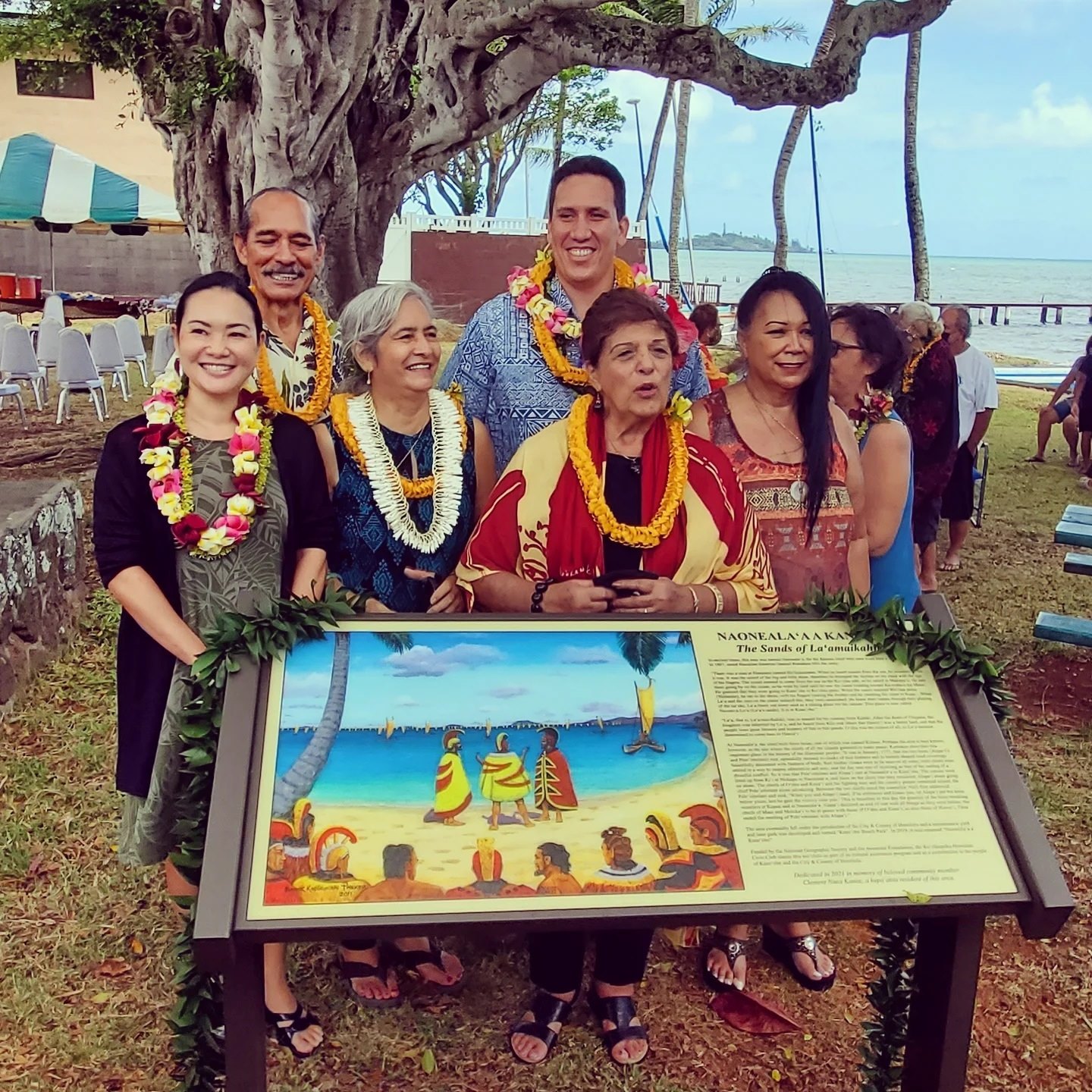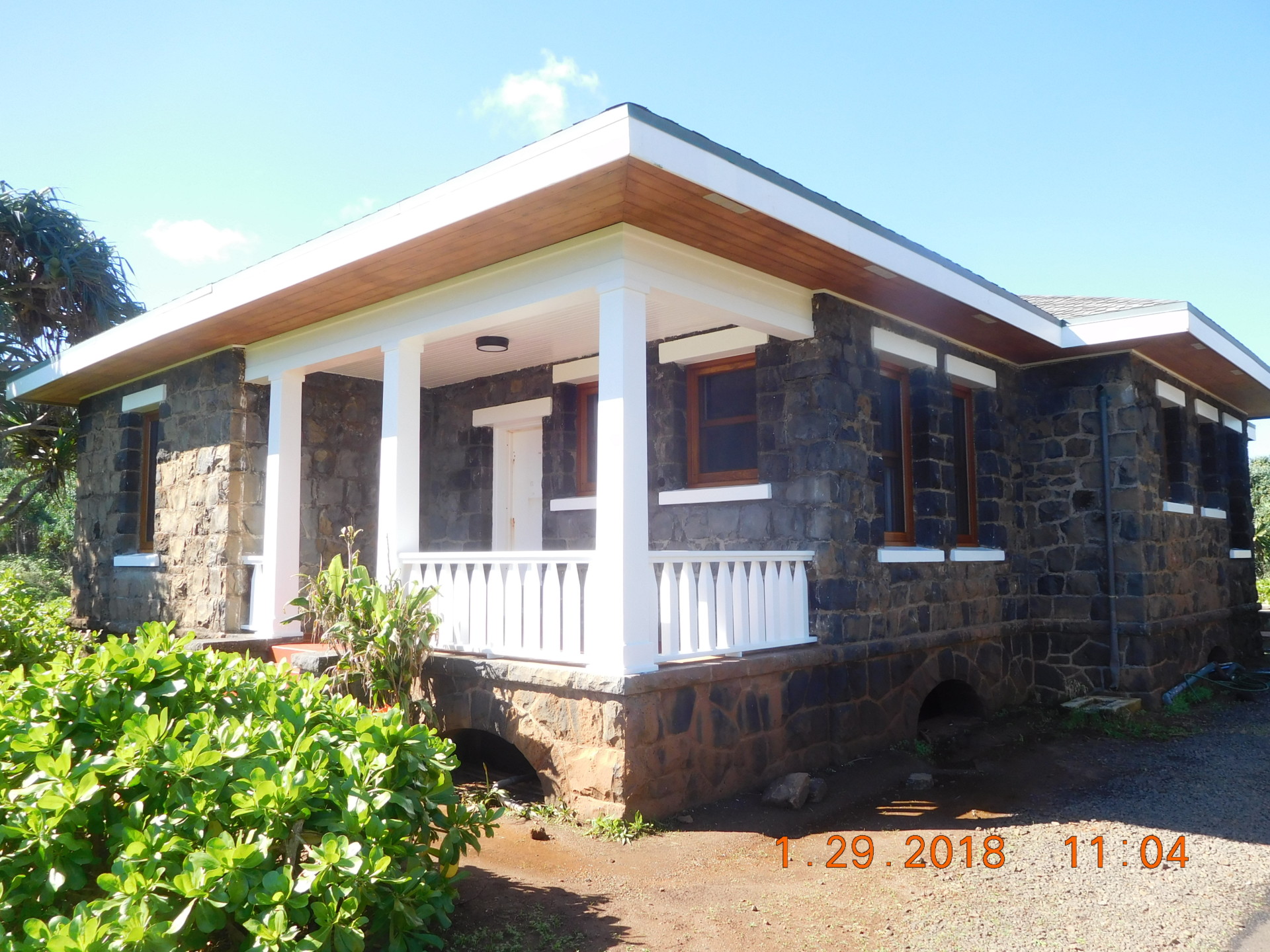Grassroots effort honors Kāne‘ohe wahi pana’s place in history
Earlier this week the Honolulu Star-Advertiser reported a local effort to drive awareness to the historic significance of Kāne‘ohe Beach Park and restore its Hawaiian place name, Naoneala‘a, meaning "the sands of La‘amaikahiki.” This coastal area of Kāne‘ohe is named after the famous chief La‘amaikahiki who is said to have come from Tahiti. Mo‘ōlelo tell us that the newly appointed chief sailed by canoe around the island and decided to stop at this beach. From his canoe, he announced his official presence, throwing sand onto the shore. The beach was then named Naoneala‘a after him--“naone” means sand and “la‘a” is an abbreviation of his name. The new chief resided here through his reign and built three heiau in the area. His descendants became ali‘i on Hawai‘i, Maui, O‘ahu, and Kaua‘i. Naoneala‘a is also significant as the site of a major peacemaking ceremony. In 1737, after years of war among the islands, ali‘i of Maui, O‘ahu, Kaua‘i and Hawai‘i Island gathered at Naoneala‘a. Hundreds of warriors from O‘ahu and Kaua‘i stood on the hillsides above the beach, and hundreds more waited aboard canoes along the coastline from Naoneala‘a to Mokapu. On the beach at Naoneala‘a, Chief Alapa‘i of Hawai‘i Island and Chief Peleioholani of O‘ahu, adorned with ceremonial capes and helmets, came together and declared an end to war--that "all shall be as it was before." The original name of this popular beach park and its historical significance will now be more widely known thanks to the efforts of the Ko‘olaupoko Hawaiian Civic Club (KHCC). On July 30th, members of the civic club celebrated the dedication of a new storyboard at Naoneala‘a that shares its origins. The signage project was funded through a grant from the [...]



